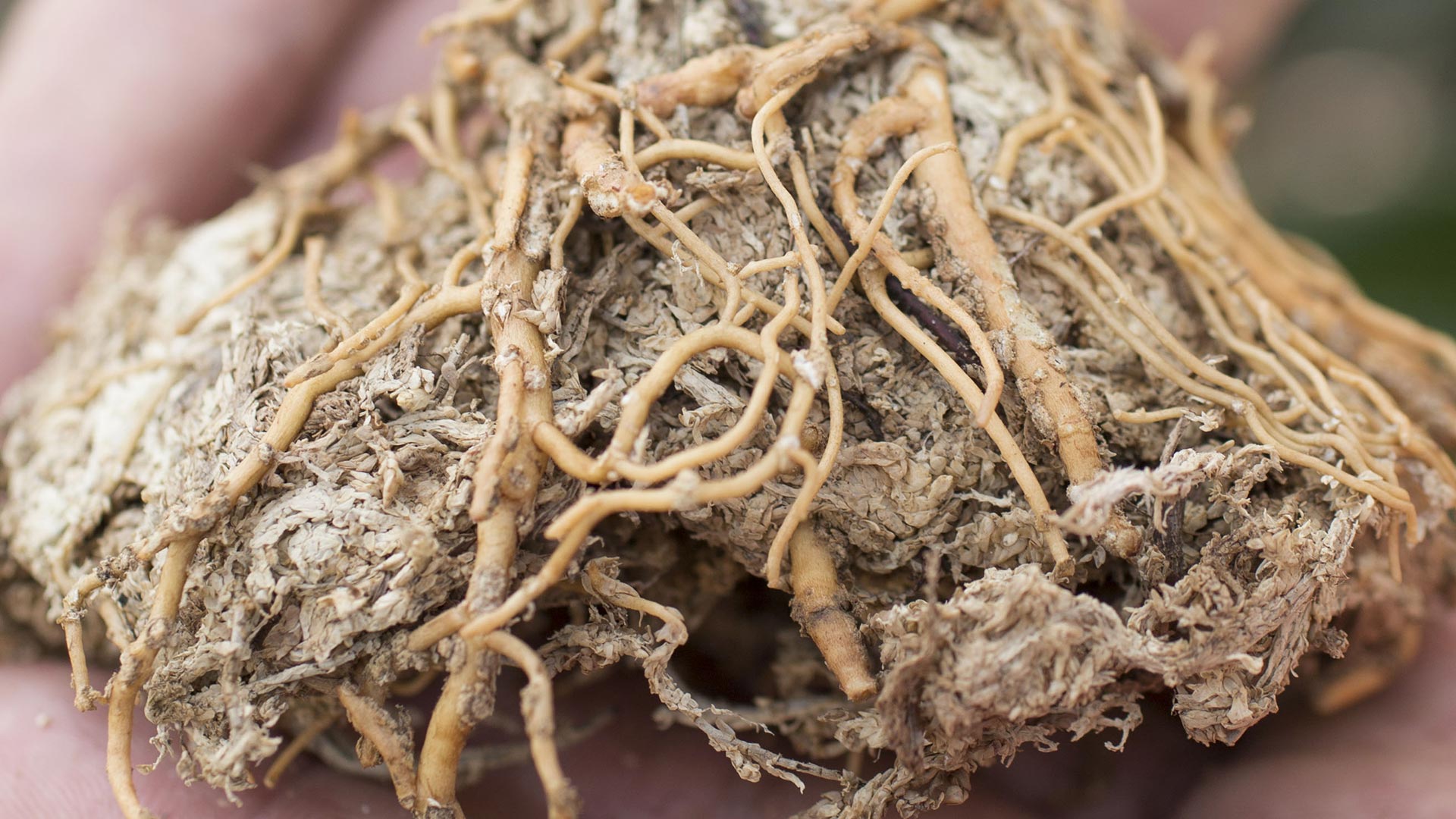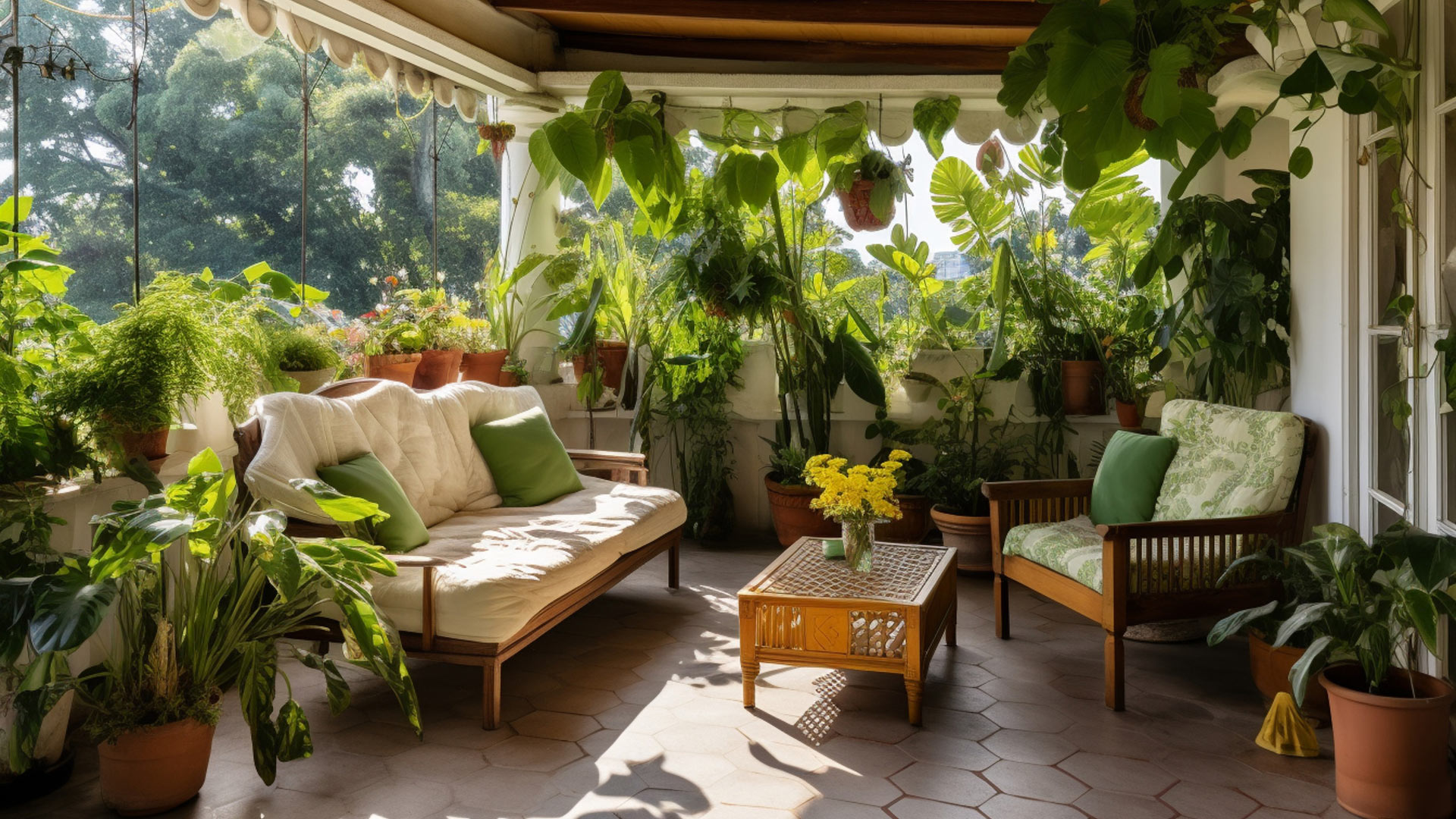Summer - and its heat - are right around the corner...
We Floridians would know!
It feels as if the heat wave and unrelenting sun have already settled into our neck of the woods, the back of our necks and the rest of the continent isn’t far behind. With the first days of summer coming on in a few short weeks this June, it’s high time to make sure you’re fully prepared to help your leafy comrades weather the sun and the storms alike.
While this blog is focussed on our specialty plant, the Southern Magnolia, you can easily apply these care tips to the other arboreals in your yard to support their summer health and beauty. Of course, each plant has its own needs, so be sure to give them individual attention too!
Strategy #1: Water, Water, Water
Just like you or I might hit the beach and enjoy a tall glass of iced lemonade on a sweltering day, your magnolia trees need to stay hydrated in the summer.
Coming out of the winter and cool spring weather, you’ve probably only been watering your magnolias once every 2-3 weeks. It’s time to bump up your frequency to once a week. Areas of the country that get particularly dry and brutal summers may even need the occasional twice a week watering. All sand in the soil and no clay? Be sure to water twice a week. Fully saturate the soil around the tree, but don’t overdo it to the point of standing water.
Soil that gets dry - and we mean really dry - has a hard time retaining water, even when you do saturate it. Dried out soil is a lot like a crispy sponge; it takes a few saturations and a lot of water to rehydrate it into working order. You’ll avoid this conundrum by staying regular with your watering schedule.
With all this watering, keep an eye on your soil and make certain it’s draining well. Magnolias love lots of water and are somehow also drought tolerant, so this tree can handle a wide range of conditions. That said, the one condition Southern Magnolias really have a hard time with is flooding. Make sure there’s no standing water around your tree after you water it.
If you encounter a storm that leaves you with standing water, hold off on your watering schedule until the soil has an opportunity to dry out.
Strategy #2: Location & Good Drainage
This mostly applies to folks looking to plant their magnolia trees in the ground. If your tree is already established, don’t move it until winter when the tree is dormant - it’s least stressful on the plant that way. We wrote a whole article on the topic of transplanting magnolias.
When you decide where to plant your magnolia, watch your yard closely. Do any areas tend to get standing water after it rains? Which spots drain well? Do any spots get baked alive by the sun?
Plant your magnolia in a spot that drains exceedingly well. As we mentioned, magnolias can handle a lot! But, they’ll always struggle with standing water and flooded areas.
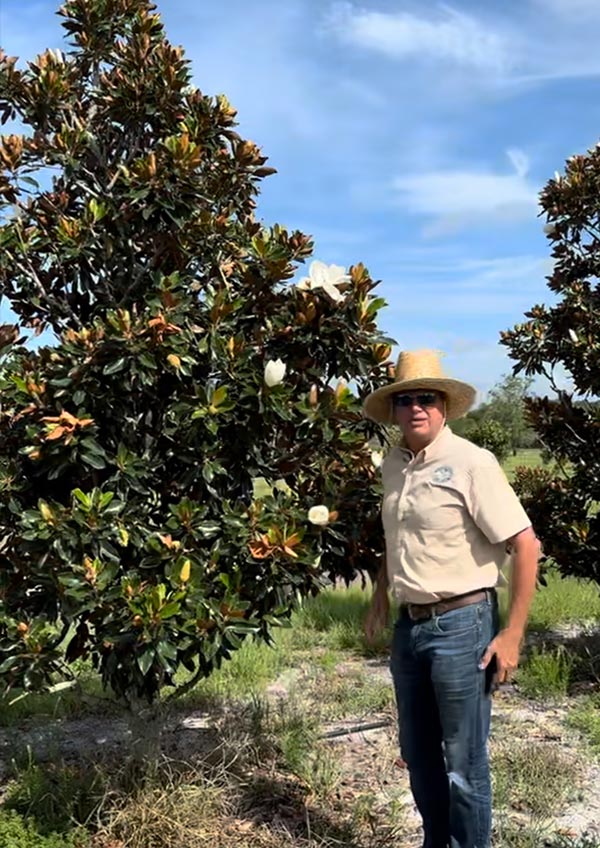
Strategy #3: Mulch
Trees are notoriously thirsty plants, and during the summer, that’s doubly true. Your water bill? Oof.
And guess what?
Every other plant will be jealous of the attention and care your magnolias receive.
Some might even crash the party… invited or not. (Weeds are just plants, after all.)
The solution is a ‘two birds - one stone’ kind of cure: mulch!
Mulch works by trapping moisture in the soil. The mulch absorbs water, which leaches into the soil, and as a layer on top of the soil, it prevents evaporation. It also chokes out weeds and prevents them from taking root. Just make sure you weed the area thoroughly before you apply the mulch.
After you weed the area, map out where you’d like to mulch. You don’t need a ton, but you’ll want enough mulch to cover the root ball. Leave a little space between (a few inches) or only do a thin layer of mulch around the tree trunk and the start of your mulch circle. The water trapped against the tree by the mulch can be a site for rot and fungal infections, which you want to avoid. Refresh your mulch annually or as needed. You can also incorporate some of the fallen magnolia foliage into your mulch for a natural nutrient deposit/DIY fertilizer!
Strategy #4: Maintenance & Tree Hugging
It’s not a big buzzword or some Pinterest aesthetic, but routine maintenance is one of the best ways to ensure your tree has a blast this summer.
Spend time with your tree. It doesn’t have to be a pageant, but once a week, take a few minutes to go outside and inspect it. Check on the foliage - is it lush and thriving? Are there brown spots? If the leaves look crispy, you might want to water more frequently. If the leaves are yellowing, back off on your frequency.
Did a recent summer storm and its wind damage any branches? You might want to prune those (just the damaged area, nothing else). Save your shaping and main pruning for the winter, while the tree is dormant.
Take a good look at the tree bark and some branches. Are there any pest concerns, like spider mites, thrips, scale, or mealy bugs? Neem oil in the mornings or evenings will take care of those issues within a few weeks.
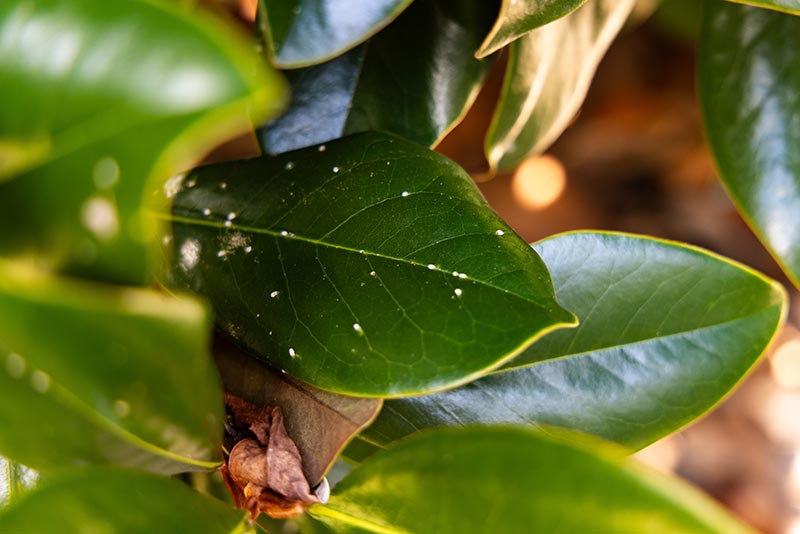
Standing water? Add a little more mulch to help absorb it.
A gardener who doesn’t hug their tree every now and again will miss these signs, and then you’ll wonder why your Southern Magnolia isn’t living up to its reputation.
Stop and smell the flowers! It’s good for you… and your tree.
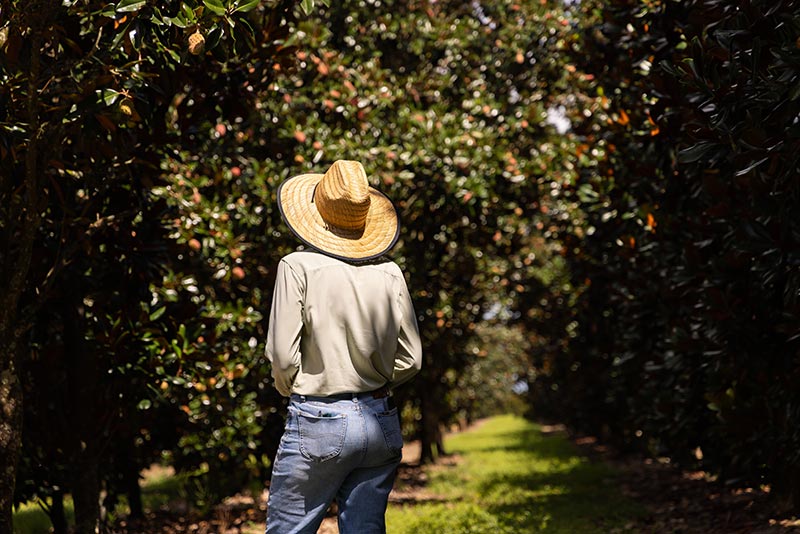
A Note on Inclement Summer Weather:
If hurricanes are a concern where you live (they certainly are for us), we’ll be releasing a guide to hurricane preparation for your magnolias on our sister company site, The Magnolia Company, in July. It’s rare that we get storms of hurricane magnitude this early in the year, which is why that blog is for next month. Stay tuned!


